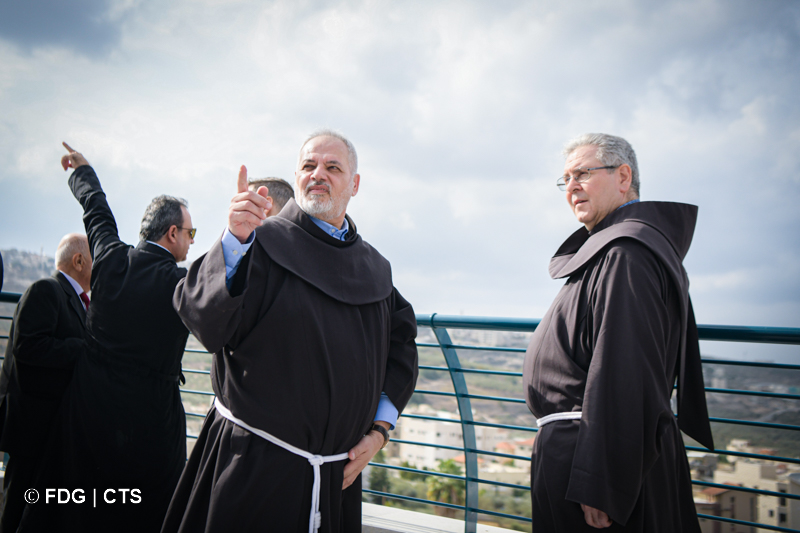
We continue our discussion about the situation of the Terra Sancta Schools and the educational work of the Custody, which is fundamental as never before today and necessary to education to respect and peace.
After the interview with fra Ibrahim Faltas, the Director of the Terra Santa Schools, today the Treasurer of the Custody, fra Tony Choukry, explains in detail the centrality of this educational mission of the Custody in the Holy Land and the resources invested in this sector.

“Exactly: the educational mission is an integral part of our presence in the Holy Land. Since 1550, when the Franciscans opened the first parish school in Bethlehem, followed by Jerusalem and Nazareth, they inaugurated a long tradition of schooling young people. Over the centuries, the education has become more “integral”, following a model of ongoing education that links study with life and didactics united with educating for peace and respect of the other.
After all, what sense would our presence as friars have if, in addition to the care of the shrines and of the holy places we did not look after people? The attention and the care that Jesus had for others drives our commitment to welcome for all our brothers in this land, without distinction of religion or social condition, This is why we continue to invest many resources in schools.
We do not only want the let children have a culture and help them find a job, but at the same time we have to educate them to beauty, to co-existence and to peace, and allow them to be present in the world and in society without being manipulated and to give then a different horizon. The objective is to form an “autonomous” person, given them critical instruments which frees them from the risk of being subjected to ideologies.”

“There are 20 schools and about 12,000 pupils (plus about a thousand teachers and non-teaching staff) throughout the territory of the Custody. Our schools cover all classes, from pre-school to high school; and they are “mixed”, in gender and religion. We can think of the school in Akko, where most of the pupils are Muslims. The Custody’s schools, of all the Christian schools in the Holy Land, are the largest precisely because of the distinctive features which characterize them: inclusiveness, welcome and quality of teaching.
Generally, only 35% of the cost of each pupil is covered by the families: the Custody covers the rest of the fees. To give you an example of the costs of a school, in Bethlehem we need about half a million NIS (shekels) for salaries, costs of the facilities, overheads and maintenance... US$ 250,000 a month for one school only.”

“It is the schools that absorb the most of the Custody’s resources, especially at a difficult time like this, when resources are far and few between and there has been a drastic drop in income due to the conflict. In very many cases, today many parents have lost their jobs due to the absence of pilgrims or as a direct consequence of the war and therefore they can no longer pay the fees for their children. This way the Custody has completely subsidized the school.
The economic sources with which we cover the costs of the schools are the Good Friday collection, private donations and long-distance support. The FFHL Franciscan Foundation of the Holy Land, ensures donations and scholarships. The Commissaries of the Holy Land, Pro Terra Sancta and the Treasury try to implement strategies and campaigns for donations to finance the schools, a world that we cannot afford to leave unassisted.”
“Through the DONATE NOW page on the website of the Custody of the Holy Land and the next Collection, which will be on Good Friday, 29 March, all over the world. This is the main source for supporting the life that takes place around the Holy Places.”
Silvia Giuliano
